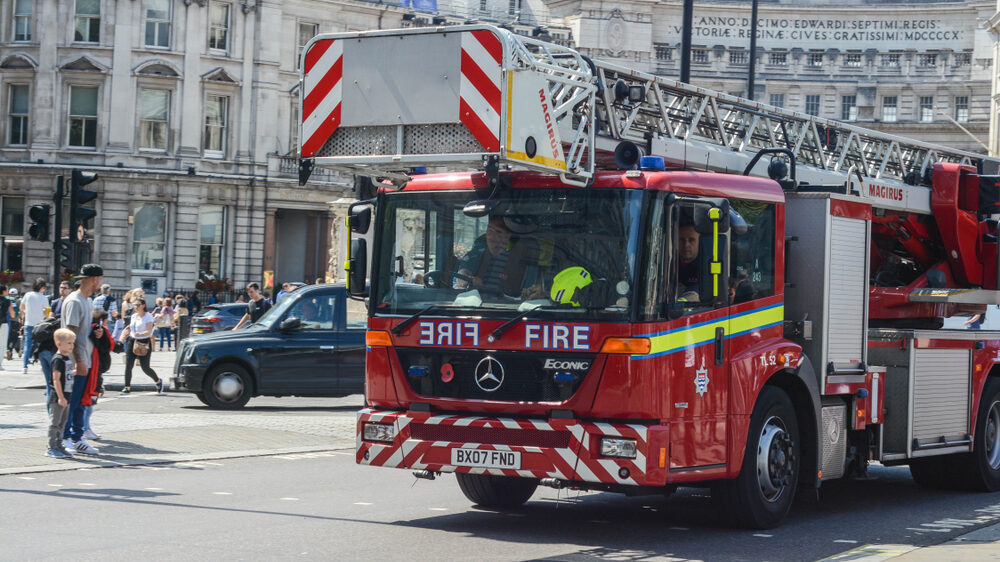Wembley fire in context: Lessons from major fires in London and beyond
- January 30, 2024
- 11:17 am


Iain Hoey
Share this content
The Wembley fire incident
Yesterday (29 Jan) on Elm Road in Wembley, north-west London, a fire broke out requiring the mobilisation of around 125 firefighters and 20 fire engines.
The blaze affected a block of flats, and residents were assisted by firefighters in following their evacuation procedures.
The neighbouring four-storey building was also evacuated as a precautionary measure.
The firefighting team employed advanced techniques, including the use of two 32-metre turntable ladders as water towers, to extinguish the fire.
The incident began in the late afternoon and was brought under control by the evening. The cause of the fire has not yet been determined.
Learning from Recent Fires: A Comparative Study
The recent blaze on Elm Road in north-west London, requiring a substantial response from the London Fire Brigade, can be understood in context by examining similar incidents from the last decade.
This comparison provides insights into the evolution of fire safety and response strategies.
2017: Grenfell Tower Fire, London
One of the most significant fires in recent London history is the 2017 Grenfell Tower fire.
This tragedy, where 71 people lost their lives, served as a stark reminder of the importance of fire safety regulations, especially in high-rise buildings.
The incident led to nationwide reviews of fire safety standards, focusing on building materials, evacuation strategies, and fire response protocols.
2018: Wennington Fires, London
The Wennington fires, part of a series of blazes during the UK’s hottest-ever day in 2018, demonstrated the challenges of firefighting in extreme weather conditions.
These incidents highlighted the increasing risk of wildfires in urban areas and the importance of preparing for such events as climate change progresses.
The response to these fires involved evacuating residents and saving animals, underlining the complexity of firefighting in densely populated areas.
2019: Notre Dame Cathedral Fire, Paris
Although outside the UK, the Notre Dame Cathedral fire in Paris in 2019 offers valuable lessons.
The fire, which caused significant damage to the historic structure, was battled by approximately 400 firefighters.
The response to this fire demonstrated the importance of rapid and coordinated action in preserving cultural landmarks, and the use of technology like drones in firefighting efforts.
2018: Camp Fire, California
The 2018 Camp Fire in California, the deadliest and most destructive fire in the state’s history, highlights the devastating impact of fires in residential areas.
It underscores the importance of maintaining and inspecting electrical transmission lines, as well as the need for effective evacuation strategies and support for affected communities.
IFSJ Comment
The Elm Road fire, in light of these other major incidents, illustrates the ongoing challenges in fire safety and response.
Each incident offers lessons in different aspects of firefighting and emergency management, whether it’s the importance of building regulations, as seen in the Grenfell Tower fire, or the role of climate change in increasing fire risks, as demonstrated by the Wennington fires.
The response to these fires also shows the advancements in firefighting techniques and the critical role of coordination and technology in emergency situations.
It’s clear that as urban landscapes and climate conditions evolve, so too must our strategies for fire prevention, preparedness, and response.

